

Minidoka Relocation Center
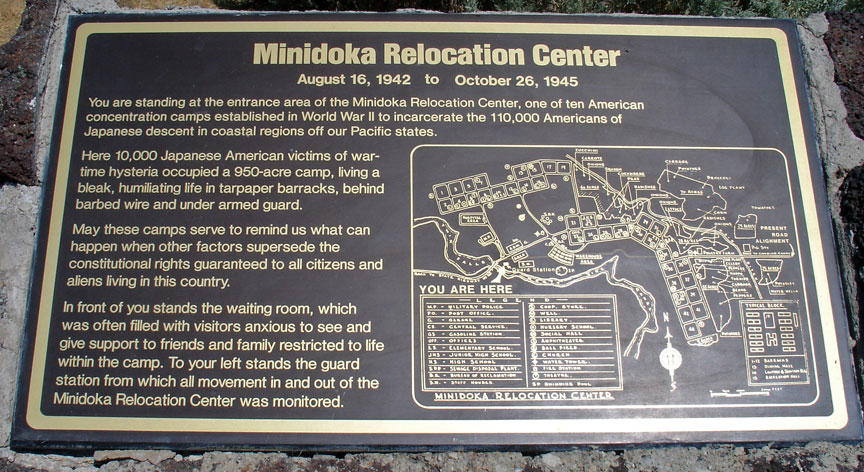
Minidoka War Relocation Center
The Minidoka War Relocation Center was in operation from 1942–45 and one of ten camps at which Japanese Americans, both citizens and resident aliens, were interned during World War II. Under provisions of President Roosevelt's Executive Order 9066, all persons of Japanese ancestry were excluded from the West Coast of the United States. Minidoka housed more than 9,000 Japanese Americans, predominantly from Oregon, Washington, and Alaska.

Minidoka is the name of a reclamation project which also gives its name to the
neighboring Minidoka County. The Minidoka name was applied to the Idaho
relocation center in Jerome County to avoid confusion with the Jerome War
Relocation Center in Jerome, Arkansas.
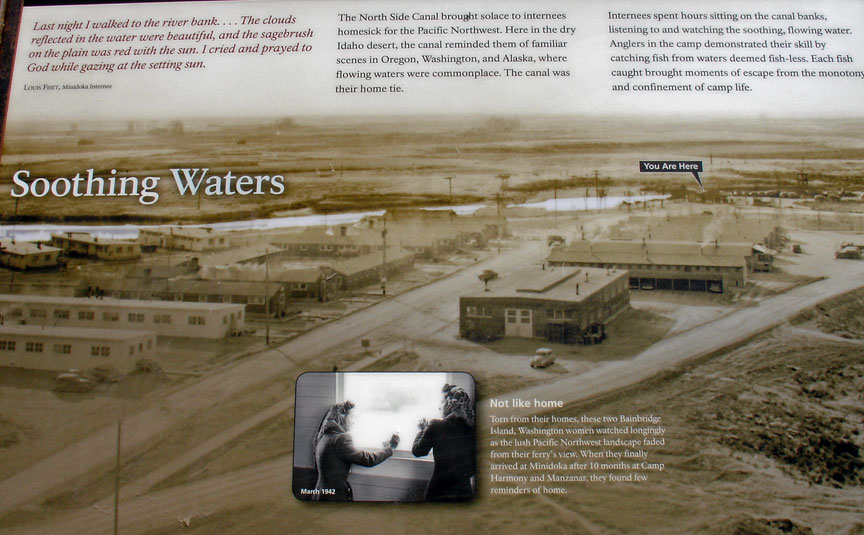
The internment camp site was listed on the National Register of Historic Places
on July 10, 1979. The site was established in 2001, and as one of the newest
units of the National Park System, it does not yet have any visitor facilities
or services available on location. However, a temporary exhibit and information
about the monument is on display at the visitor center of the nearby
Hagerman Fossil Beds National Monument.
Currently, visitors see the remains of the entry guard station, waiting room,
and rock garden and can visit the Relocation Center display at the Jerome County
Museum in nearby Jerome and the restored barracks building at the Idaho Farm and
Ranch Museum southeast of town. There is a small marker adjacent to the remains
of the guard station, and a larger sign at the intersection of Highway 25 and
Hunt Road, which gives some of the history of the camp.
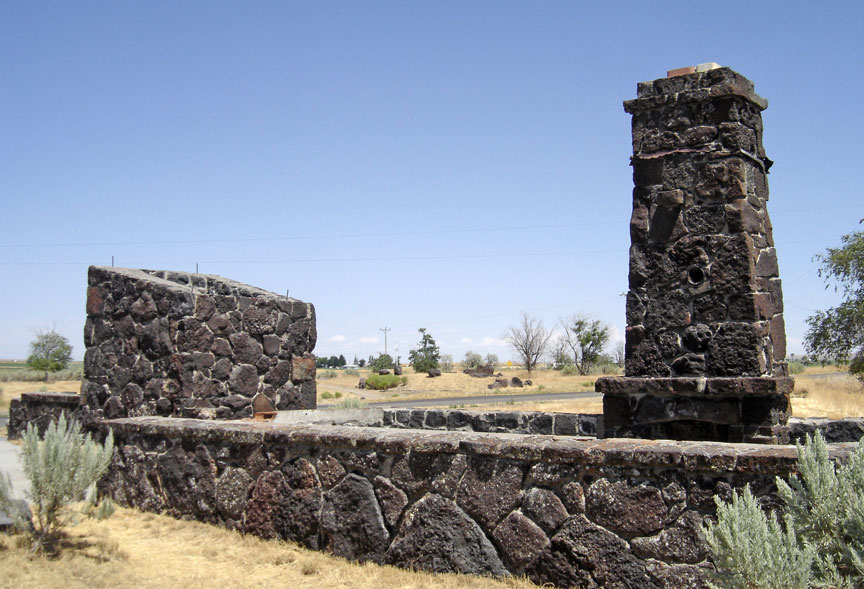
Guard Station remains

The National Park Service began a three-year public planning process in the fall
of 2002 to develop a General Management Plan (GMP) and Environmental Impact
Statement (EIS). The General Management Plan sets forth the basic management
philosophy for the Monument and provides the strategies for addressing issues
and achieving identified management objectives that will guide management of the
site for the next 15–20 years.
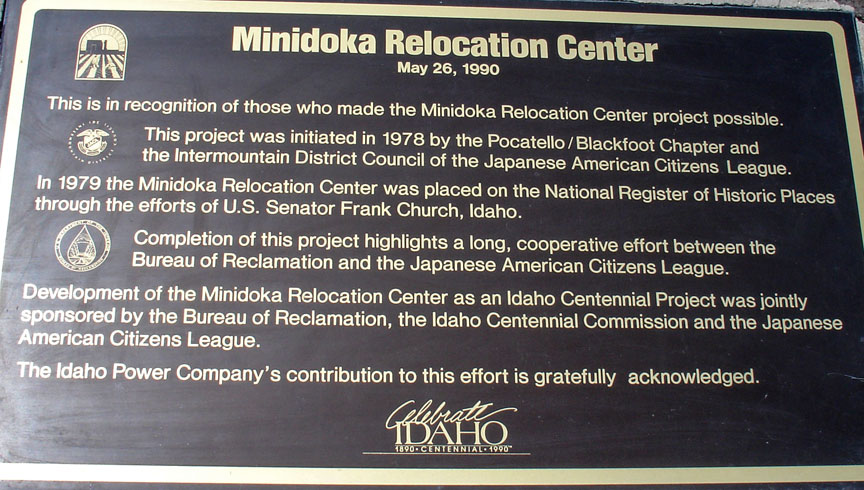
On December 21, 2006, President Bush signed H.R. 1492 into law guaranteeing
$38,000,000 in federal money to restore the Minidoka relocation center along
with nine other former Japanese internment camps.
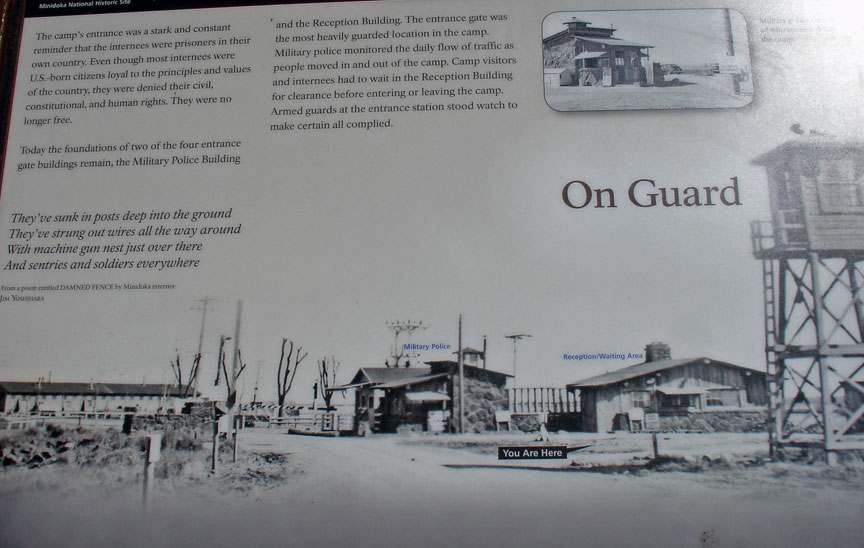
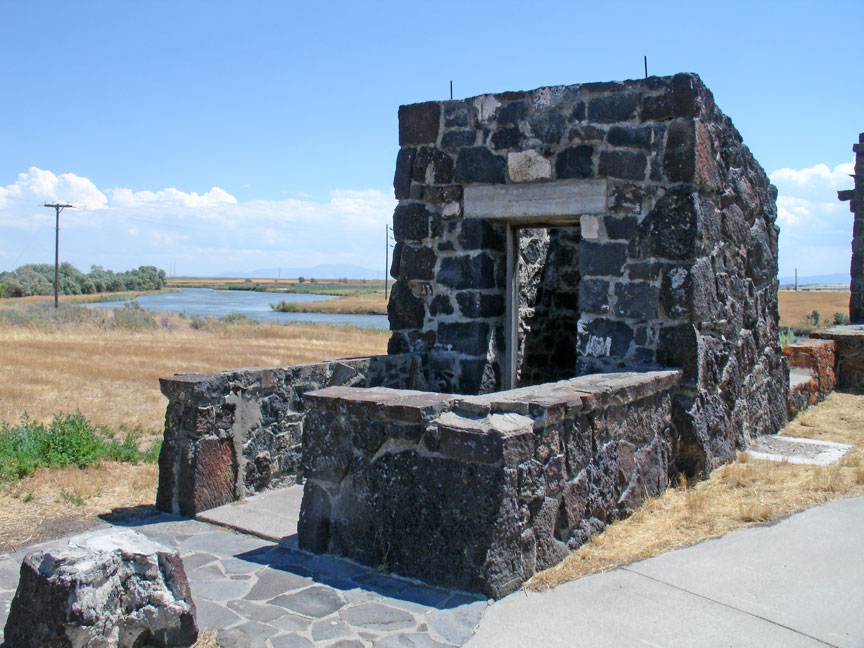

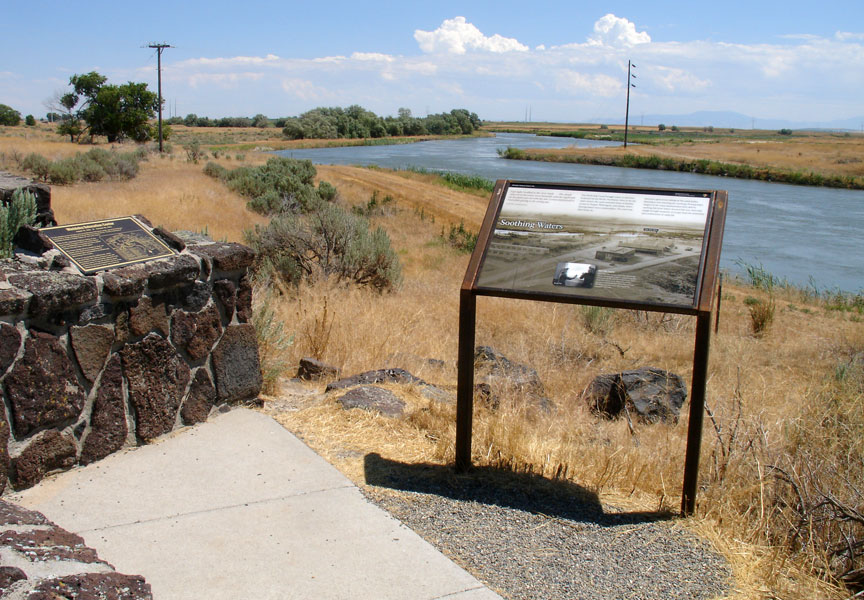

Soothing Waters
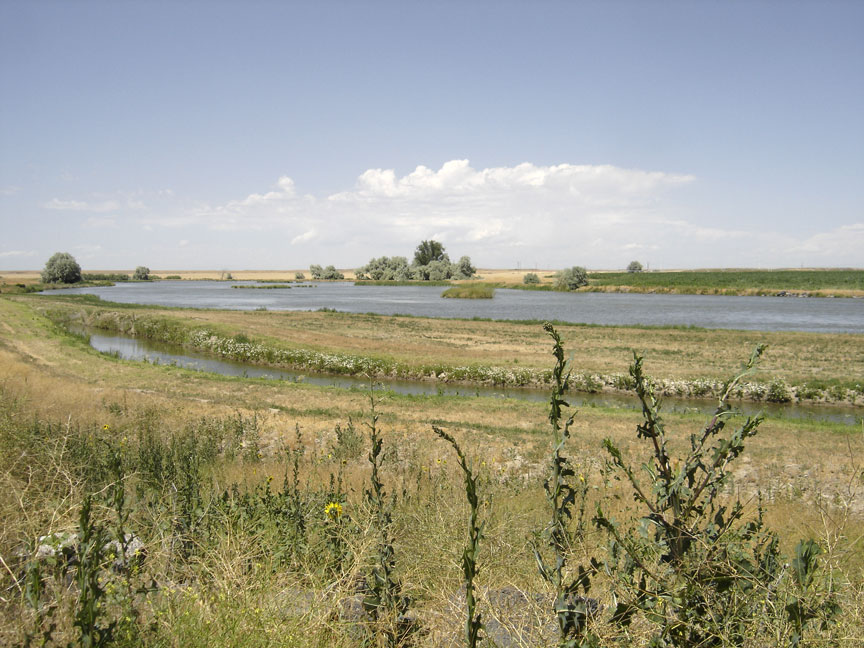
On May 8, 2008, President George W. Bush signed the Wild Sky Wilderness Act into
law, which changed the status of the former U.S. National Monument to National
Historic Site and added the Nidoto Nai Yoni (Let It Not Happen Again) Memorial
on Bainbridge Island, Washington to the monument.
Text from Wikipedia
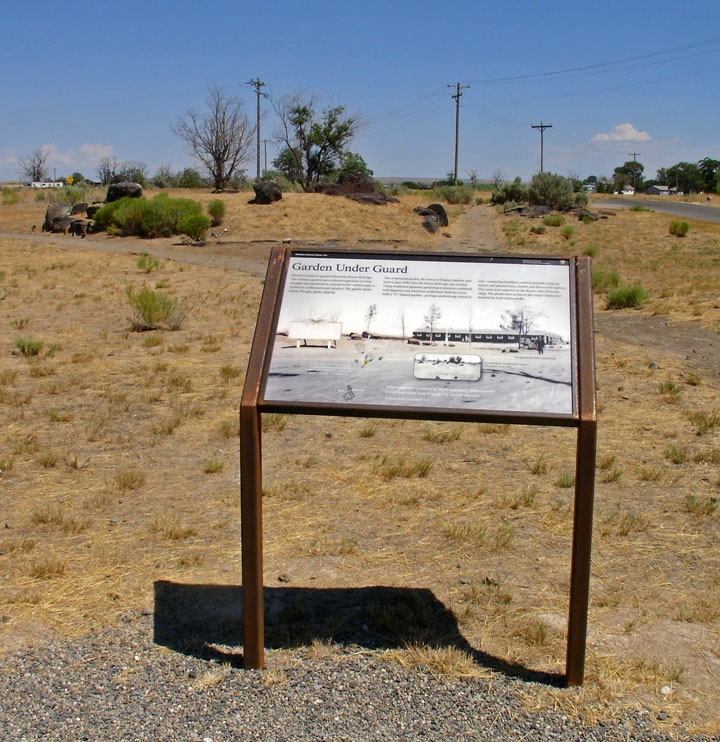
Garden Under Guard
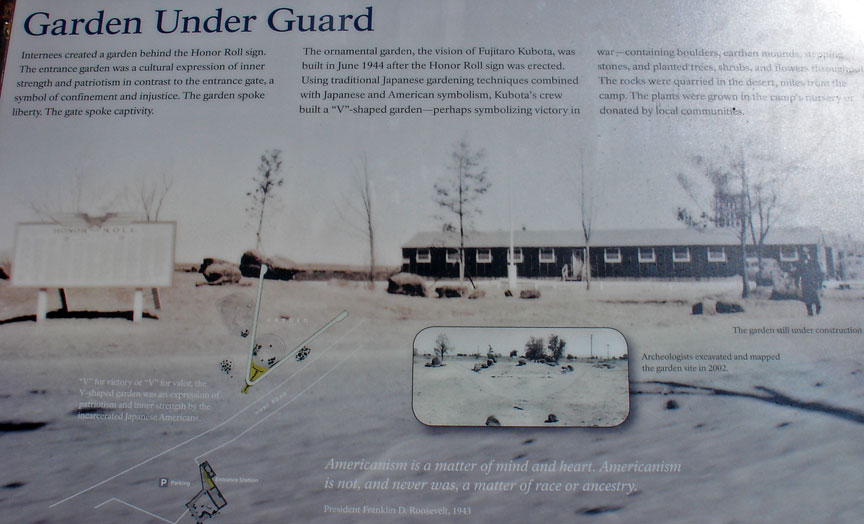
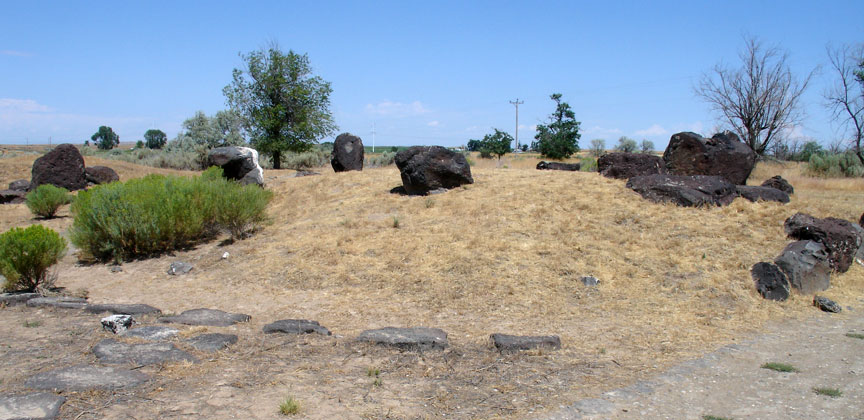
the garden as it looks today
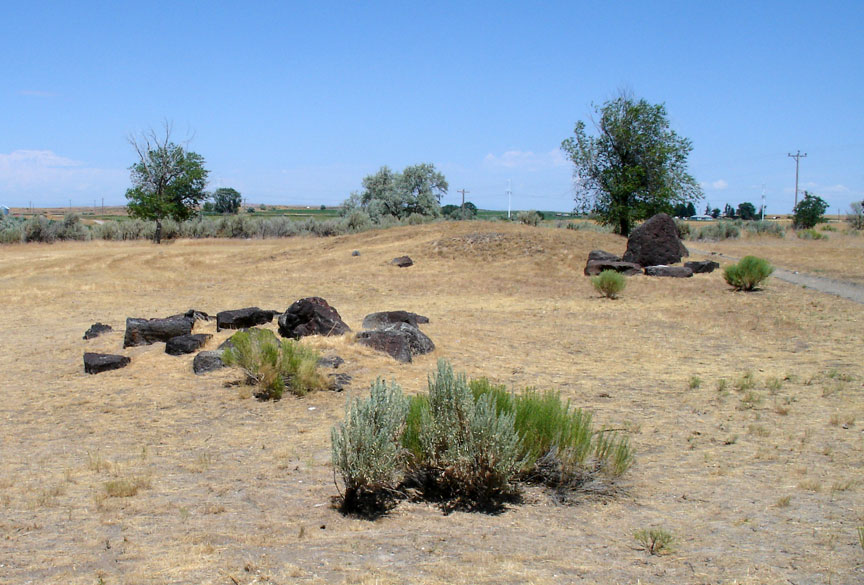
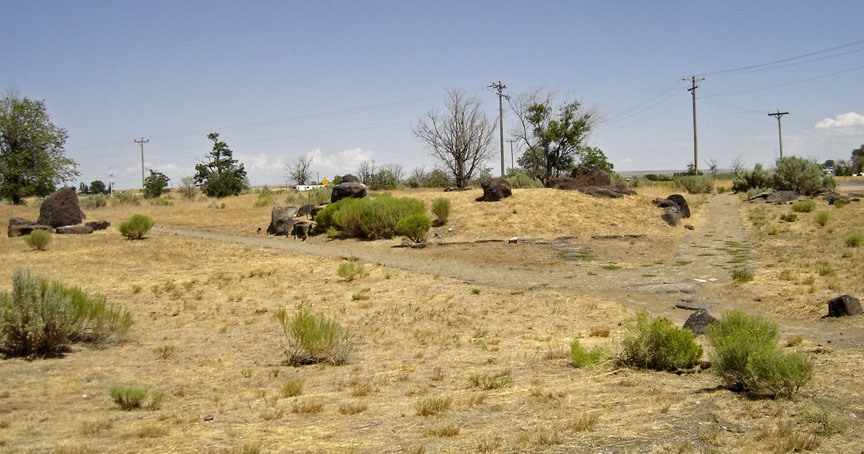
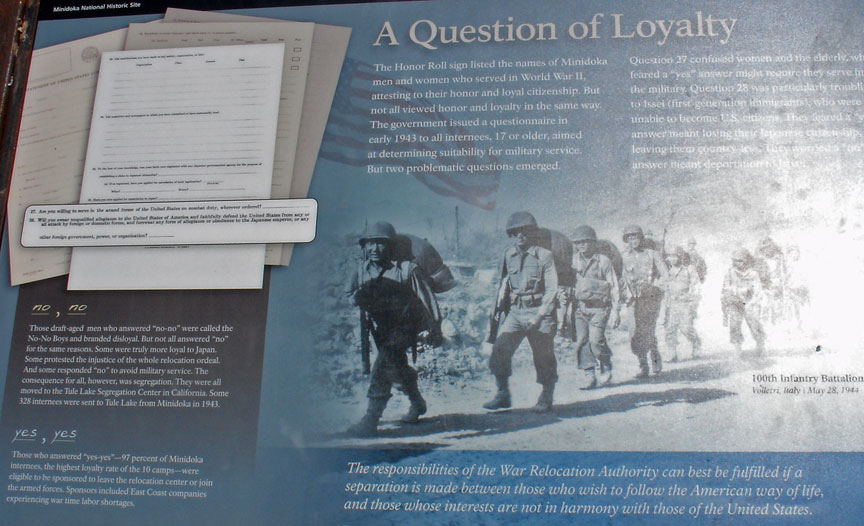
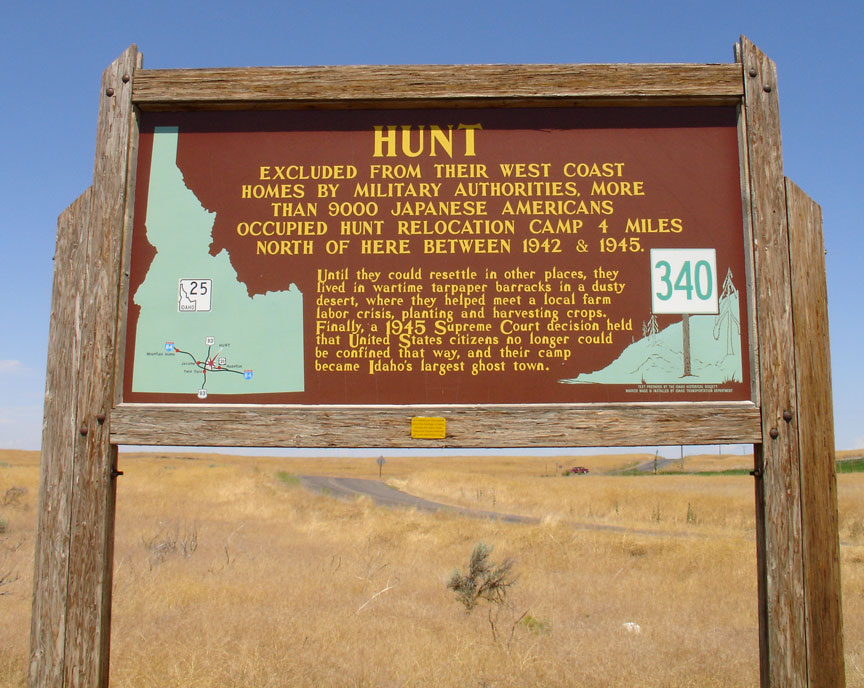
the town of Jerome
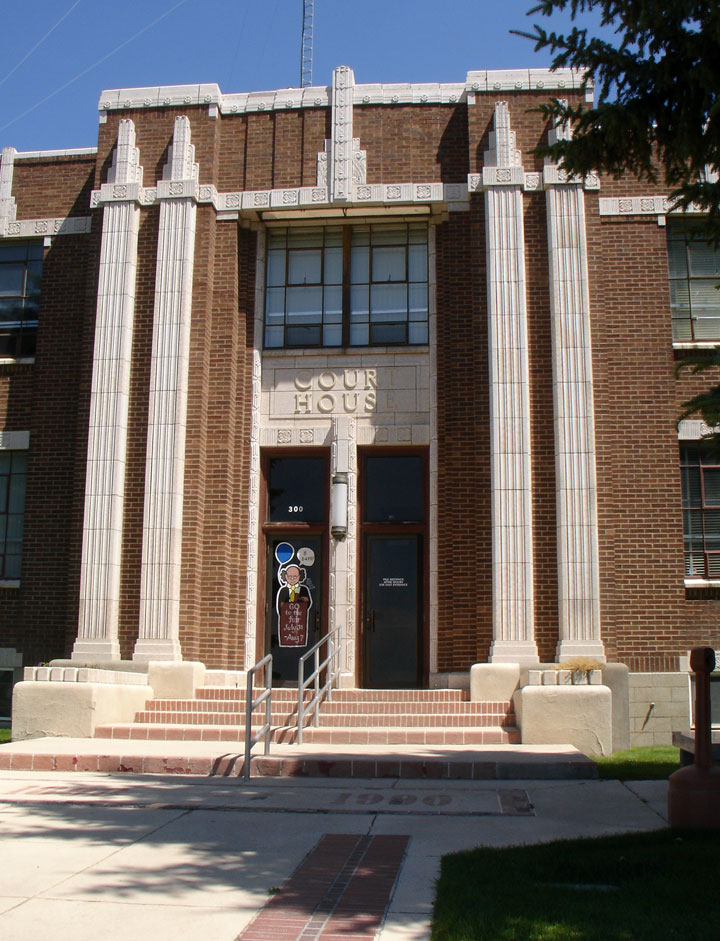
Jerome County Court House
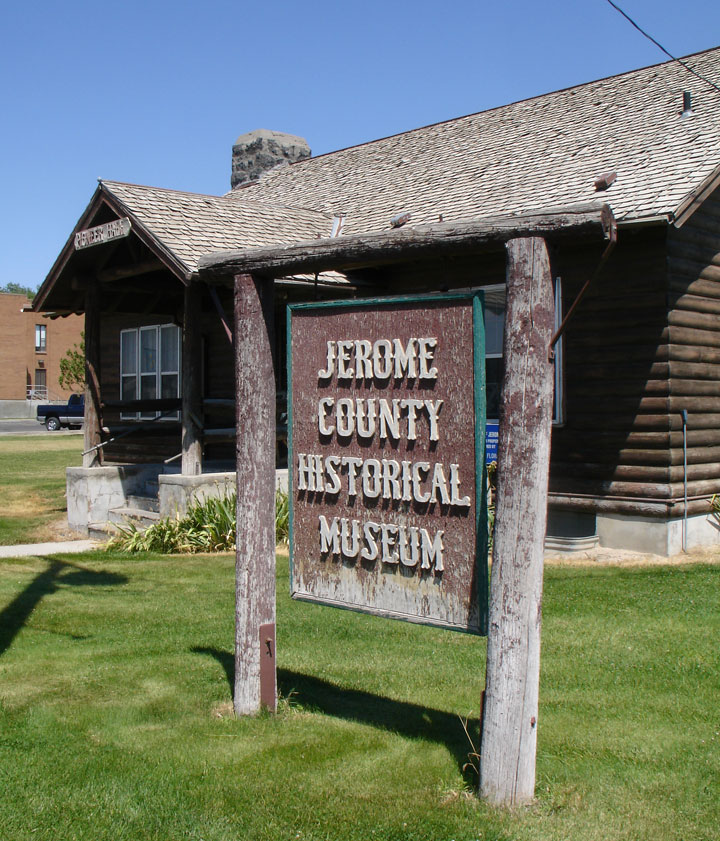
Jerome County Historical Museum
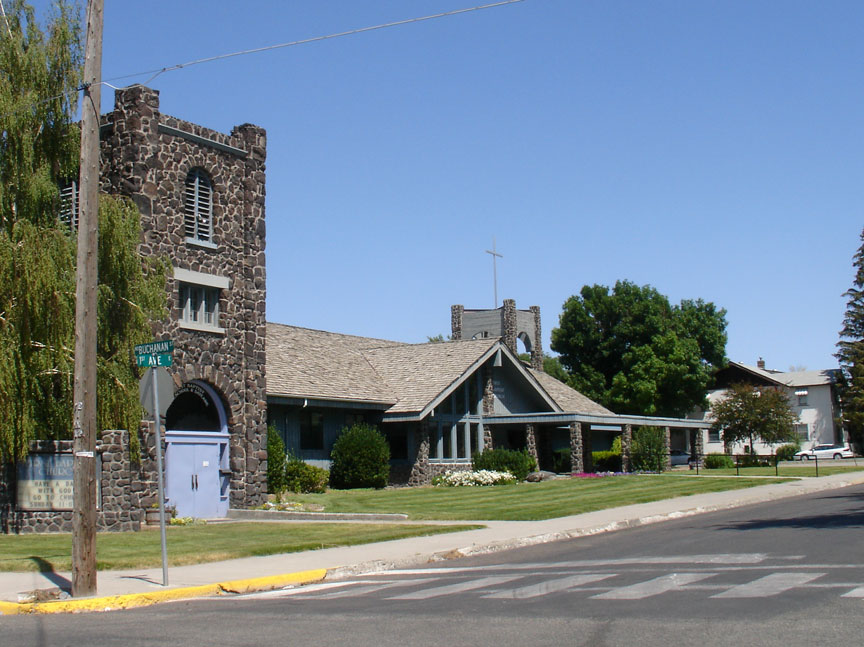
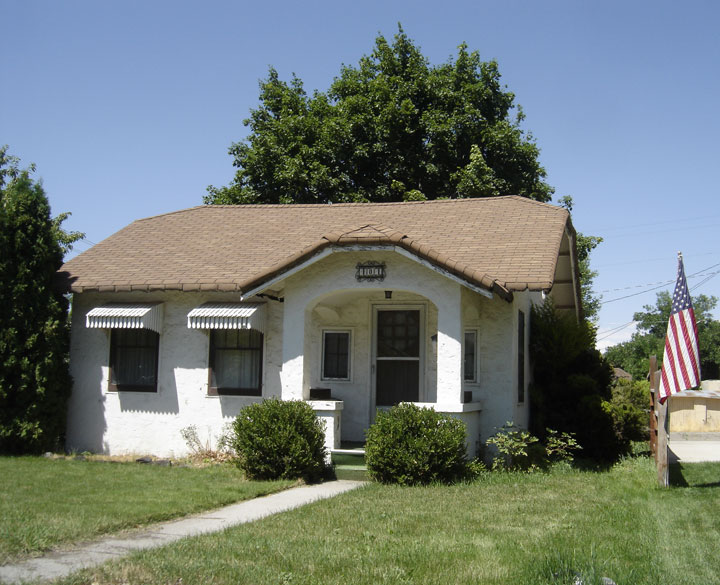

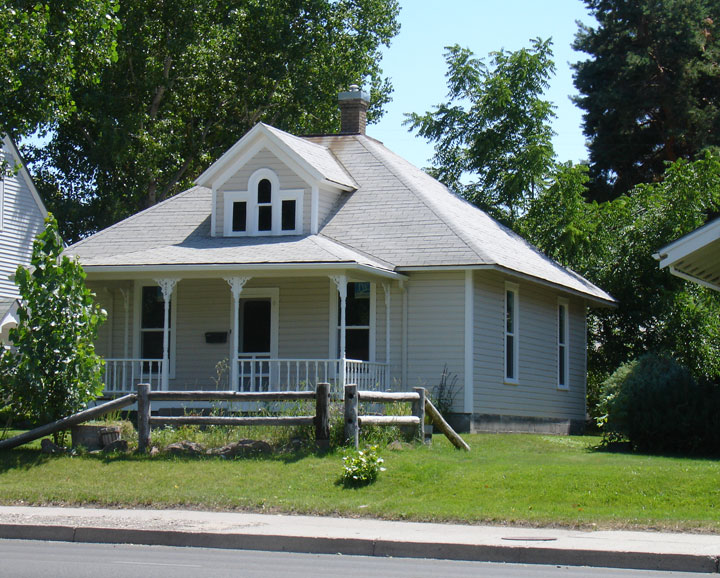
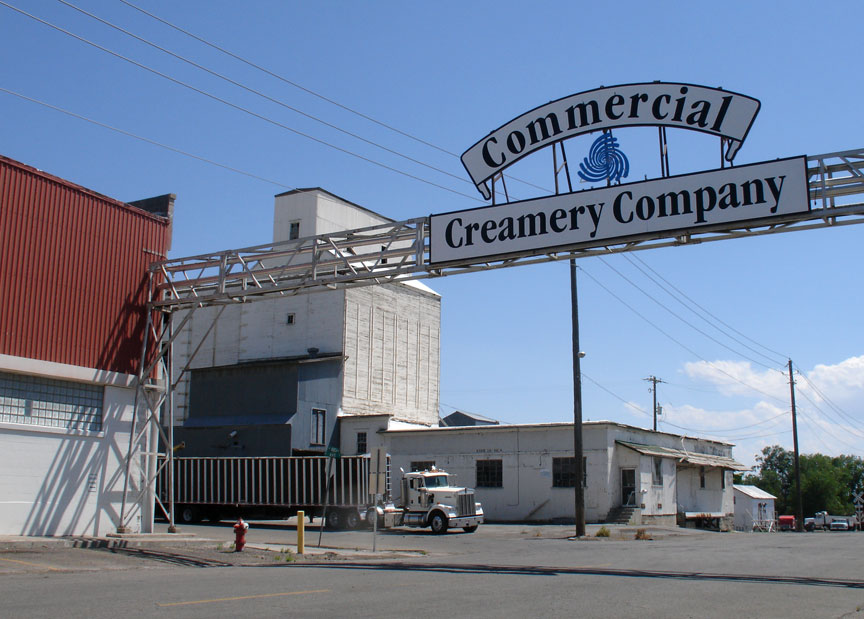
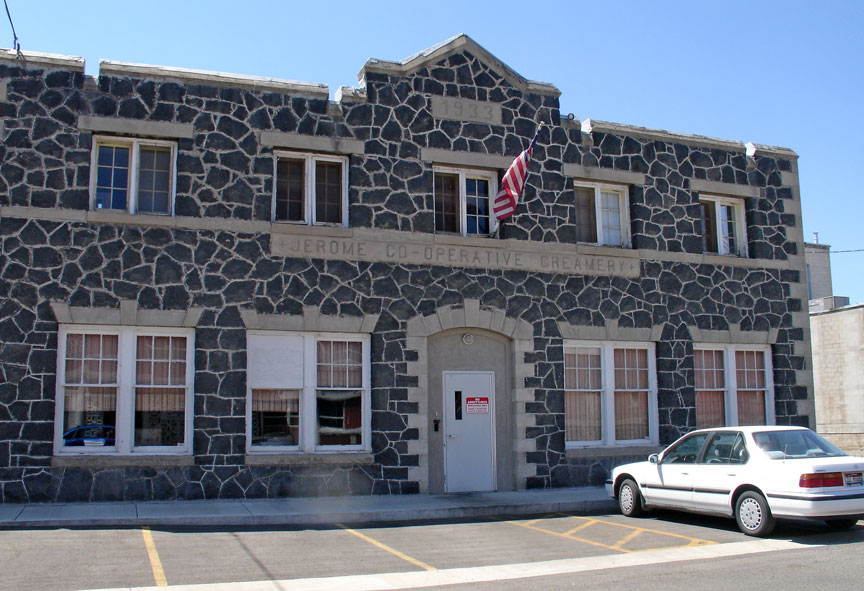
Jerome Cooperative Creamery
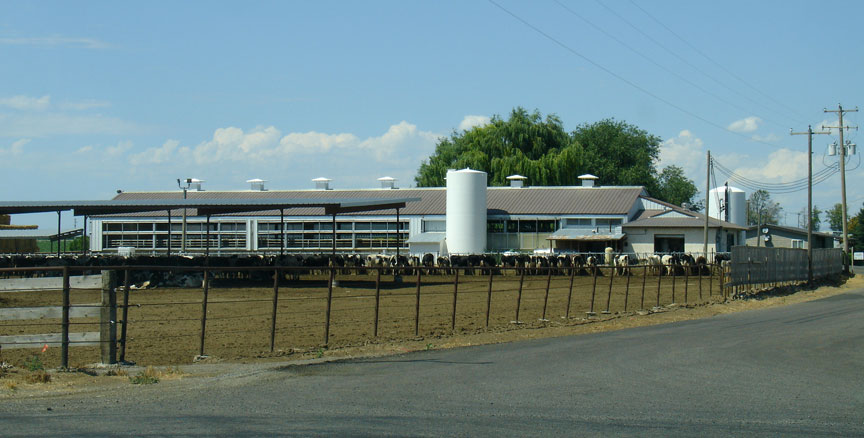
dairy ranch
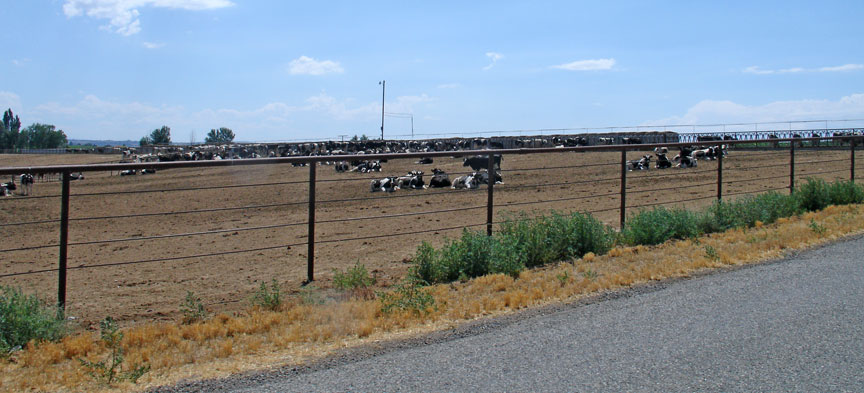
many cows